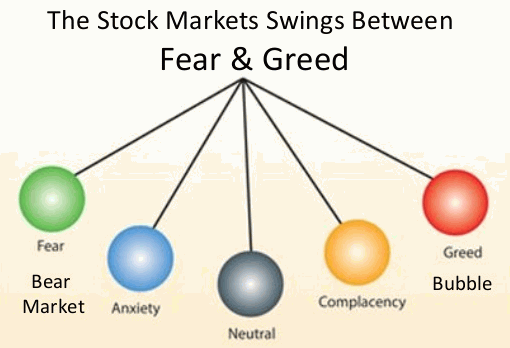
We can create wealth from trading and investing to equities, commodity, currency, real estate etc. but we should do what is comfortable for us. Each and everything is not comfortable for us which is not comfortable for us, we should not do it at all. A performing task which is out of our comfort zone can prove as expensive for us. If Sachin Tendulkar starts singing and Legendary Lata Mangeshkar start playing cricket than both might meet failure.
We have to follow Mr. Buffett’s advice of circle of competence. Mr. Buffett did not buy any IT stocks during an IT bubble though he under-performed. We can prepare a circle of incompetence for not doing anything which falls into that circle.

Consider fool among others is better than losing capital to demonstrate as a smart.
Michael Steinhardt has a decent performance over the S&P500. If anyone has invested $10000 in the year 1967 then those funds turn out to be $4.8 million and $190000 in the year 1995 from Michael firm and S&P500 respectively.
During the year 1993, Hedge fund has shown a bull run where every investor wants to give their fund to hedge fund manager to make an investment. Here, Mr. Michael also got a huge fund to manage which is around 200 times more than the amount with he has started a fund. But due to huge fund size, he faced difficulties to deploy fund to small & midcap companies so that he has started roaming around the world and started deploying fund to the area which is out of his competence. His major fortune was made through trading to the US stocks but out of US, he was little aware with the economy of businesses and political systems. He has started deploying fund across the world which is out of his expertise.

This mistake has broken him badly psychologically and he could not able to retrieve himself again.

We always have to focus on to the eliminate errors because that is only into our control, everything else we cannot control. If we keep on eliminating errors, then we have a better chance to win the game. During the FY14-18, the majority of the equity fund manager at India got a huge fund inflow due to the huge liquidity and not enough return from other assets class. Hence, many of them have occurred mistakes due to overconfidence and started to go outside their expertise.


I was a deep discount and bargain hunter investor. My investment career gets to evolve with the time and my investment philosophy slowly transform from great bargain to quality businesses. But I have always take care of not losing capital so that I have invested with a lower percentage of my portfolio to the evolving area. Such a way I have made an experiment with my investment decision. (Still, my attraction towards bargain is with me).
Read for more detail: Big Mistakes: The Best Investors and Their Worst Investments by Michael Batnick








